LEARN
The Famous 5
On October 18, 1929, a landmark legal decision for Canadian women was made when women were legally recognized as “persons” under British common law. The decision was made necessary because The British North America Act, which governed Canada at the time, used the word “persons” when it referred to more than one person and the word “he” when it referred to one person. Those who wanted to keep women from being appointed as judges and senators claimed that women weren’t eligible for these positions because they weren’t recognized as persons under the law.
Five Canadian women disputed this claim. These “Famous Five” women first went to the Supreme Court of Canada, which decided the word “persons” did not include women. Undaunted, they took the case to the Privy Council of Great Britain, which, in those days, was Canada’s highest court. The Privy Council ruled “that the exclusion of women from all public offices is a relic of days more barbarous than ours”.
The Famous Five or The Valiant Five, were five prominent Canadian suffragists who advocated for women and children





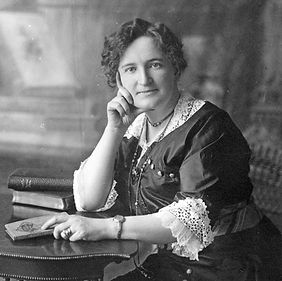
FAMOUS 5
Nellie McClung
Nellie McClung (née Mooney), a well-known novelist, teacher, social reformer, and suffragist, eventually served as a member of the Alberta Legislature between 1921 and 1926. She actively campaigned for mother's allowances, birth control, free medical and dental treatment for school children, public health regulations, temperance, and the rights of women. She also campaigned for fairer property rights for women and the rights of women in divorce. In 1936 she became the first woman on the Board of Governors for the Canadian Broadcasting Corporation, and in 1939 was Canada’s sole woman representative to the League of Nations.
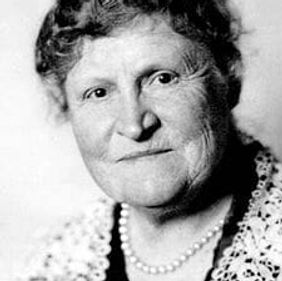
FAMOUS 5
Henrietta Edwards
Henrietta Edwards (née Muir) was 78 years old when the petition was signed and forwarded to Ottawa. She was a journalist and an accomplished artist, painting miniature portraits and china, which were exhibited at the Chicago World’s Fair in 1893. In 1875, she organized the Montreal Working Girls’ Association, a forerunner of the Young Women’s Christian Association. The purpose of that organization was to provide poor working girls with vocational training and help in finding employment, as well as housing and recreational facilities. Being a legal expert, she worked as a Conveyor of Laws for the National Council of Women. Prison reform was one of her chief interests. She also worked helping to organize public libraries, urged the establishment of mothers’ allowances and equal parental rights, and pressed for divorce to be granted on equal grounds. Her book, The Legal Status of Women in Canada, was published by the federal government and she was a member of the Alberta Government Advisory Committee on Health.
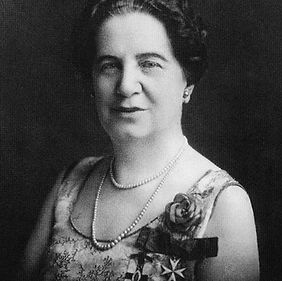
FAMOUS 5
Emily Murphy
Emily Murphy (née Ferguson) strongly believed women’s associations could help with social reforms and worked to establish several women’s clubs in Canada, as well as serving as President of the Canadian Women’s Press Club. Her efforts resulted in The Dower Act being passed. She believed that insanity was a disease, not a crime. Writing under the pen name of “Janey Canuck,” she spoke out on drug addictions in her book The Black Candle and on birth control in Pruning the Family Tree. She also worked toward the establishment of public playgrounds and the election of women as school trustees.
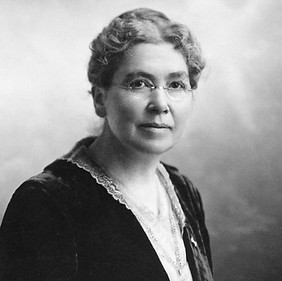
FAMOUS 5
Louise McKinney
Louise McKinney (née Crummy) had the distinction of being the first woman to be elected to a legislature in the British Empire. Active in the Alberta farm community as a social reformer, she was instrumental, along with Emily Murphy, in having The Dower Act passed in Alberta. She also helped introduce laws for immigrants and more effective liquor laws and she aroused public opinion against the unjust status of widows and separated wives.
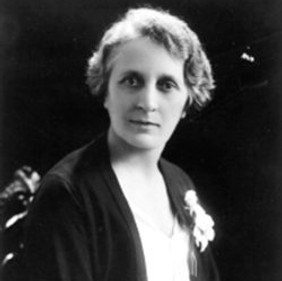
FAMOUS 5
Irene Parlby
Irene Parlby (née Marryat) began her public life in 1916 when she took over the presidency of the United Farm Women of Alberta. Later elected to the Alberta Government, she became the second woman in the British Empire to serve as a cabinet minister and was Minister without Portfolio in the Alberta Cabinet from 1921 to 1935. During her years in public office, she supported 18 laws affecting the lives of women and children. These included a bill to improve the quality of rural education, legislation to provide municipal hospitals and public health nurses to rural districts in the province, and The Minimum Wage for Women Act. She was also responsible for having obstetrical nurses placed in outlying districts of the province not having doctors and establishing child welfare clinics.
Source: These brief biographies are from Alberta Women’s Secretariat (now part of Alberta Employment, Immigration and Industry), January 1992. They may be freely reproduced as long as the source is acknowledged.
